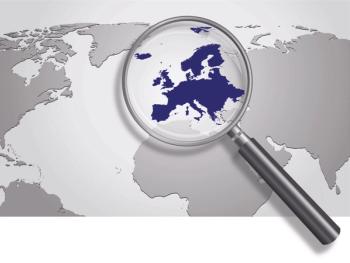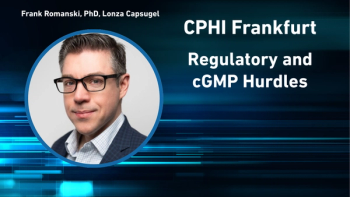
- Pharmaceutical Technology-11-02-2019
- Volume 43
- Issue 11
Signatures–What’s in a Name?
It is good industry practice to clarify the precise remit for each of the reviewers of a controlled document, says Siegfried Schmitt, PhD, vice-president, technical, Parexel Consulting.
Q. In a recent audit, we were asked about the meaning of the signatures on our controlled documents. Our reply was that it clearly states that the signatories are either authors, reviewers, or approvers. The auditor considered our response insufficient, pointing out that we often have up to 10 reviewers. Though the names and titles of these are given, their review responsibilities are not defined or described. We are unclear how to make the meaning of the signatures more precise.
A. The regulations do not provide much detail with regards to your question. For example, the European Union guidelines (1) require, “Documents containing instructions should be approved, signed, and dated by appropriate and authorised persons.” The US regulations are a little bit more specific in 21 Code of Federal Regulations (CFR) Part 11 (2) regarding the signing of electronic records and state, “This information must include the printed name of the signer, the date and time when the signature was executed, and the meaning [emphasis added] (such as review, approval, responsibility, and authorship) associated with the signature.”
The question is whether the meaning of the signatures in your documents is clear enough and unambiguous. Let us look at an example, such as a cleaning standard operating procedure (SOP) for manufacturing equipment. An author, most likely a member of the operations team, prepares the document. There will be several reviewers, possibly including manufacturing, engineering, validation, quality unit, regulatory affairs, and health and safety. These reviewers will each have a different perspective from which they perform their review.
One could argue that the role and the associated job description define sufficiently what a reviewer has to do. In theory, yes; but in practice this is often not the case. Therefore, companies typically apply one of two approaches: either define the controlled documents review and approval responsibilities in a document (e.g., the SOP for SOPs) or add the meaning to each signature in the signature list.
Table I is an example of such a review responsibilities matrix.
If we apply this to the cleaning SOP example, we would expect:
- The operators to check if the instructions can actually be performed (technical feasibility)
- Managers in manufacturing to check the functional correctness of the cleaning procedures (e.g., cross-reference cleaning validation reports) and to verify that the instructions are clear and logical
- The validation team to verify that the cleaning procedures are in concurrence with previously executed cleaning validations
- The quality unit to ensure that the document uses the correct template and format, that the procedure meets regulatory requirements, and that any related change controls or audit/inspection commitments have been met
- The regulatory affairs department to confirm that the procedure is in concurrence with the manufacturing licenses
- The health and safety executive to check that all required safety precautions are applied, for example, where flammable or corrosive solvents are used.
In summary, it is good industry practice to clarify the precise remit for each of the reviewers of a controlled document, rather than just apply the general term of ‘reviewer.’ This does not have to be as difficult as the example herein.
And finally: are you still sure you need up to 10 reviewers?
References
1. European Commission,
2. Electronic Records; Electronic Signatures,
Article Details
Pharmaceutical Technology
Vol. 43, No. 11
November 2019
Page: 59
Citation
When referring to this article, please cite it as S. Schmitt, "Signatures–What’s in a Name?," Pharmaceutical Technology 43 (11) 2019.
Articles in this issue
about 6 years ago
QbD Takes Shape for Topical Pharmaceuticalsabout 6 years ago
Optimizing Compression Coating for Pulsatile Release Tabletsabout 6 years ago
Advancing Transdermal Drug Deliveryabout 6 years ago
The Emergence of Operational Technology as a Serviceabout 6 years ago
Residual Moisture Determination in Lyophilized Drug Productsabout 6 years ago
Highest Shear Mixer Availableabout 6 years ago
Powder Dosing Unitabout 6 years ago
Innomech Benchtop Systemsabout 6 years ago
Automated Cotton Inserterabout 6 years ago
The Right Pieces for a Quality ProgramNewsletter
Get the essential updates shaping the future of pharma manufacturing and compliance—subscribe today to Pharmaceutical Technology and never miss a breakthrough.





